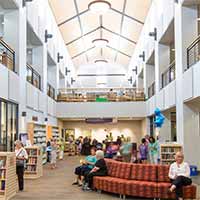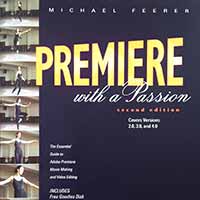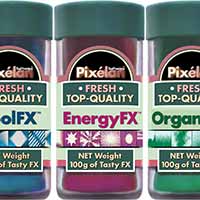Creative adventures or adventurous creativity?
My life path has had both. I’ve been intentionally self-employed my entire post-college life. And that can sometimes feel like wading through a dense jungle, where you can’t see or know what amazing sight (or danger) is ahead. I know that feeling — in civilization and in wilderness — very well!
My brain is too active and curious to stick to one creative direction (“career,” “entrepreneurial venture,” “project,” etc.) for my entire life — no matter how ‘successful’ and enjoyable. I’m naturally drawn to creatively solving problems, or at the very least blazing a fresh way to look at things. And I have a core need to do what I can to bring more good into the world. Everything I do work-wise has had a social or animal/environmental justice angle to it.
Even as a tween I thought I’d have at least three ‘careers.’ Well, it became true!
Career #1: Innovative User-Based Architect/Planner
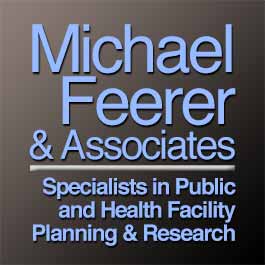
Straight out of graduating with Highest Honors from California Polytechnic State University, San Luis Obispo — the nation’s largest architectural school — I founded an innovative consulting firm in San Diego: Michael Feerer & Associates.
I was 22-years young, in San Diego, starting my first entrepreneurial venture! (Ignorance can be bliss.)
The vision: Blend powerful social science techniques (from the new field of environmental psychology) with planning and design — to give ALL building users (not just the bosses) a voice in the design process.
How? Months before any design began, I’d…
- Interview every user (usually several hundred) to learn their individual space needs and perspectives.
- Observe daily activities on-site to gain key insights that users may not realize.
- Research and visit state-of-the-art similar facilities for lessons learned and innovative solutions.
- Consider the “big picture” strategic direction of the organization — and how that may evolve over time.
- Facilitate participatory workshops to review ideas and build consensus.
- Meld all of the above findings into a digestible guidebook for the design. (My first writing career!)
- Last but not least, get everything approved at the highest levels of the organization to officially bless the findings and keep the upcoming design process on track.
R.A.D.I.C.A.L.
“Architectural programming” (the jargon term for such pre-design efforts) was practiced by only a few professionals worldwide.
Typically, only the “paying” client (a CEO, Board, a few top managers) would have a say in the design process. At best, they’d hand over a few pages of basic criteria to the architectural team.
Those head honchos rarely knew the intricacies of what staff and visitors faced daily.
Also, for most architects, exterior aesthetics ruled. (That’s still largely true to this day.) Interior layout and functionality? Oh, yeah. Hand that off to interior designers to cope with after the exterior is locked in.
Sort of like squeezing sardines into an inflexible tin can. 🙁

The result: most building users ended up with a shiny new facility which was discouraging (or in some cases, a nightmare) to work in day after day.
To me, that was profoundly unfair, a social injustice. To solve it, everyone needed a voice in the design process, especially regarding their own workspace!
But, alas, my idealistic plea was not well-received by most architects. They argued there were no fees to spare for such a consultant, even if they did like the idea somewhat.
After six months of knocking on architectural doors, I was down to my last $200 of savings. Still, I persisted.
And finally I landed my big break. A small firm who had been doing remodels for years for a large hospital in San Diego had been commissioned by the hospital Board to master plan their long-term space needs.
The architect had no clue how to do that. And I happened to walk into his office on just the right day. 🙂
Soon other medical and public organizations learned of me. They loved the idea of user-based planning! They often hired me directly, months before before any architect was selected.
That changed everything. Yay!
Thereafter, Michael Feerer & Associates took off. Over a dozen years, I planned more than one-million square feet of civic and medical facilities. That included numerous city halls, libraries, visitor centers, hospitals, and some of the first freestanding outpatient surgery centers in the nation.
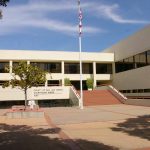
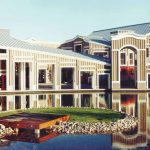


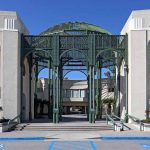

Now for the part that surprises a lot of people:
Despite being in high demand, eventually I chose to end this career. Although my wife Kim and I both grew up in San Diego, we ached to live in a smaller, more nature-oriented community.
After a long search up and down the West Coast, we moved to lovely Bellingham, Washington. And I kept an open mind as to what would be next for me creatively.
Career #2: Author of Premiere With a Passion, a bestseller
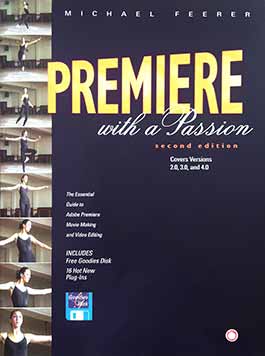
Two years later in Bellingham, as a happy stay-at-home dad raising my infant daughter, I authored Premiere with a Passion (published by Peachpit Press).
It was the first “bible” for the desktop video revolution. THAT revolution enabled YouTube, etc. to become so commonplace now.
The democratization of video-making, in a sense. I liked that.
Loaded with step-by-step guidance, low-key humor, and tons of screen illustrations, Premiere With a Passion became the bestseller in its emerging desktop video niche. The 415-page book sold 27,000-plus copies in two editions over a three-year front-list reign.
“What’s great about Feerer’s book is that it doesn’t just explain the various Premiere tools, it provides examples of how to put them together.” — Randy Ubillos, Creator of Adobe Premiere
“Michael Feerer explains techniques and tricks concisely in this appealing book.” — NewMedia Magazine
“Feerer’s engaging style makes the book a useful and enjoyable reference to use.” — Washington Apple Pi Journal
“What a singular pleasure for me to write a dedication to the man who wrote a book that had so much impact on my life. I learned to use Premiere many years ago in design school. It became one of my passions, due in no small part to Michael Feerer’s book, Premiere with a Passion. … Michael’s book was inspirational as a student; it was interesting, informative, funny, and passionate. I measure my personal writing success on whether I think my books would convey the same sense of interest and excitement to my readers.” — Acknowledgement in Donna L. Baker’s Adobe Premiere 6.5 Complete Course (published by Wiley)
I was grateful for the positive response. But there was one problem. Since desktop video was evolving so rapidly in those early days, each new edition of my guidebook required nearly a TOTAL re-write and re-layout. That meant about a year of intense work for me per edition! Only to repeat again the following year. I hadn’t anticipated such a treadmill.
After completing the second edition and starting the third, I realized I needed to shift my creative path. Fortunately, a slightly different direction was calling to me.
Career #3: Inventor of Soft, Organic Visual Effects
Desktop videomakers in the early days used all sorts of UGLY effects, like geeky “wipes,” silly 3D transitions (i.e., a toilet flushing a scene away), and exploding scenes a la Star Wars.
Hey, just because they could!
It was kind of like how people used 25 different fonts on a page at the beginning of desktop publishing. Just because they could!
I decided to provide a more inspiring, non-violent, timeless alternative. Every copy of Premiere with a Passion included a freebie in the back: a disk full of soft, organic, aesthetic effects I designed to easily load into Adobe Premiere.
Guess what happened? Hundreds of videomakers who bought my book wrote to me, BEGGING me to create more.
So when my daughter turned three and needed less of my time daily as a stay-at-home DAD, I spent six-months of (her) naps and (my) nights developing a Video SpiceRack CD.
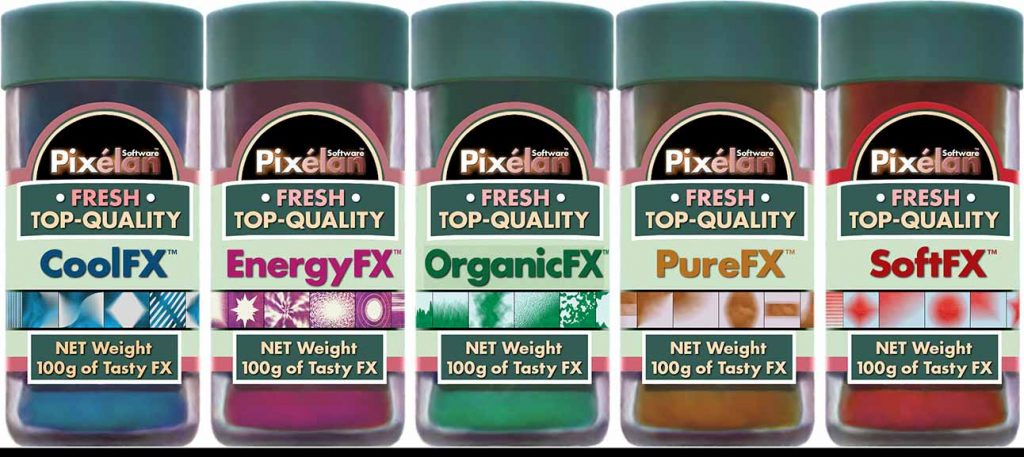
Coincidentally, about three months after I released Video SpiceRack the Spice Girls became a media sensation. We had nothing to do with each other, but the spice metaphor suddenly was very alive. Impeccable timing!
With that boost and from its own merits, Video SpiceRack became a runaway hit in the desktop video world.
And with that success I founded Pixelan Software.
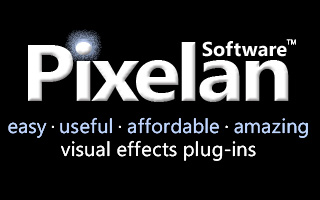
Pixelan is now celebrating its 30th year, continuing to provide compelling visual effects plugins for everyone from home YouTube creators to high-budget indie and studio filmmakers. (I no longer own or run Pixelan.)
Here’s a brief video of one of our most popular plugins: DissolveMaster. It’s my favorite among the many we developed.
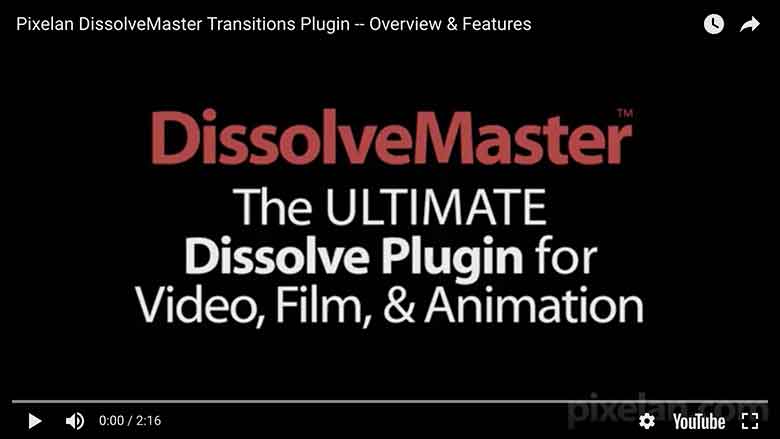
Nowadays, soft organic visual effects are offered by several desktop video companies. They appear routinely in numerous movies, TV shows, YouTube videos, and in social media clips worldwide.
Premiere with a Passion and Pixelan were there from the start.
Career #4: Creative Potpourri
In recent years, I’ve completed a potpourri of smaller scale creative efforts that weren’t turned into full-fledged ‘ventures.’ They simply were enjoyable and satisfying creative explorations for multipotentialite me. All had a social justice/benefit theme in some way at their core.
Fine Art Nature Photography
Nature is the greatest artist and healer of all, reconnecting us to our inner wholeness and child-like sense of wonder. But not everyone readily has time or access to nature. And some are so disconnected they lack desire to go.
Fortunately, ecopsychology research has shown that compelling nature photographs can act as a surrogate. They too can encourage healing in our bodies, and can inspire us to go out and appreciate wild places or simply look closer in our own yards.
Nature reconnect is a key step to creating a healthier relationship with our planet — at a personal and societal level. After I stepped away from Pixelan, I dedicated myself to this cause.
As I hiked thousands of miles annually, I didn’t capture the usual (overdone) scenic vistas, animals, flowers, etc. Instead, I was drawn to photographing close-ups of stones, trees, leaves and other natural details that held evocative (and sometimes whimsical!) visual qualities.

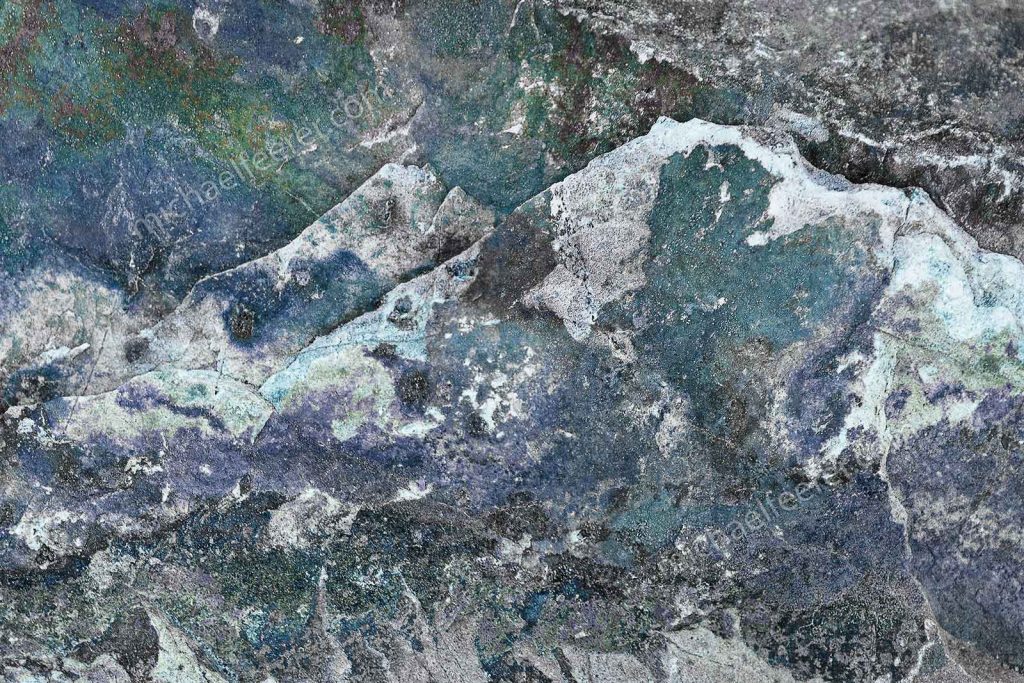
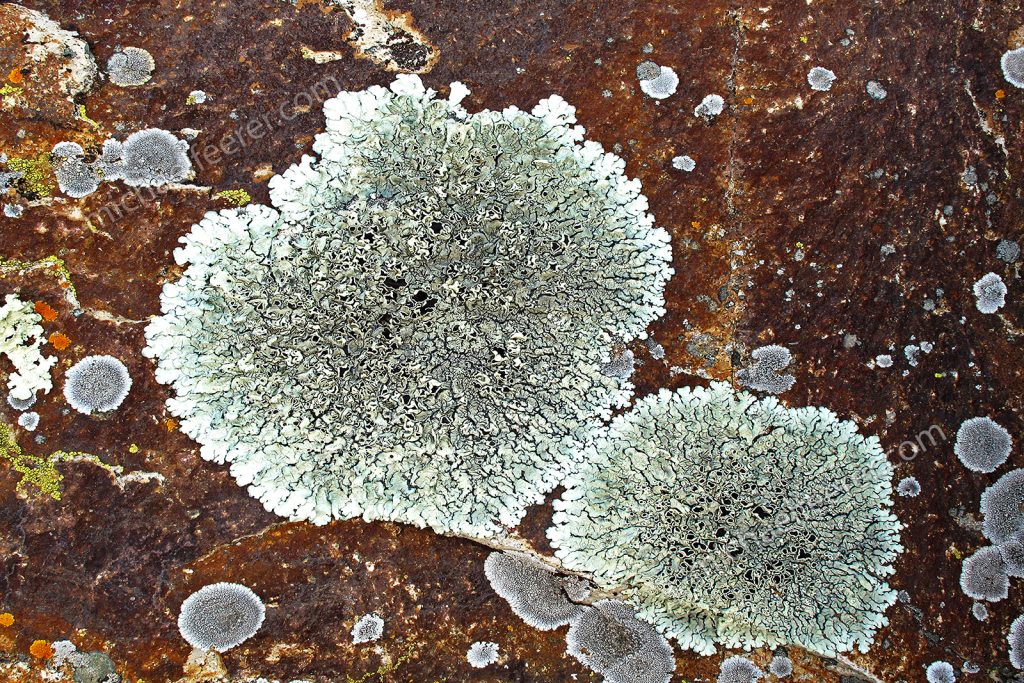
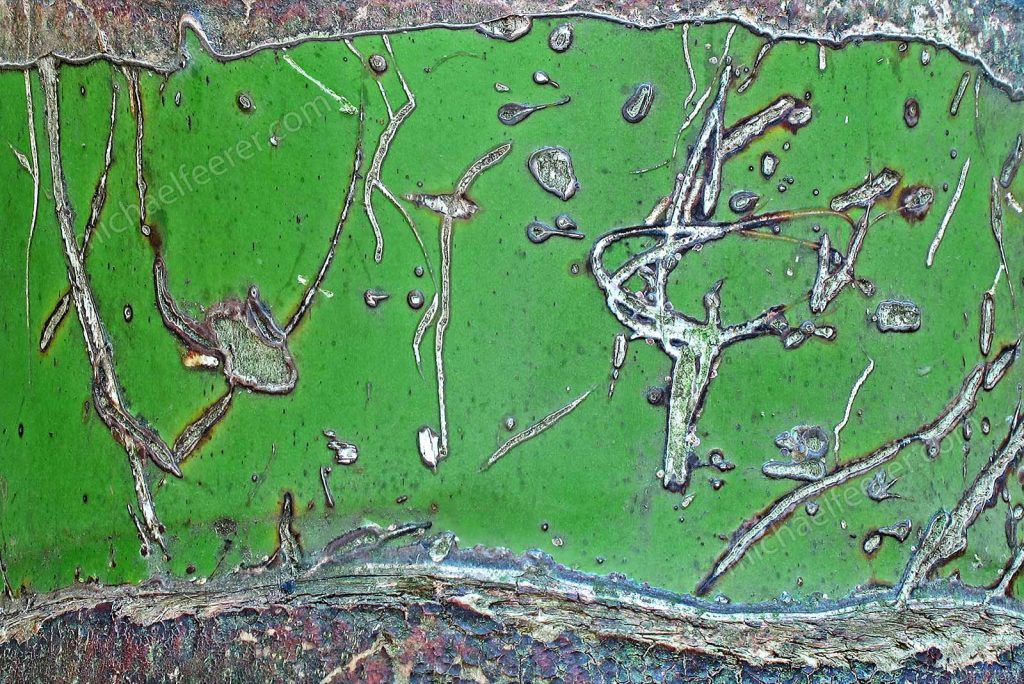
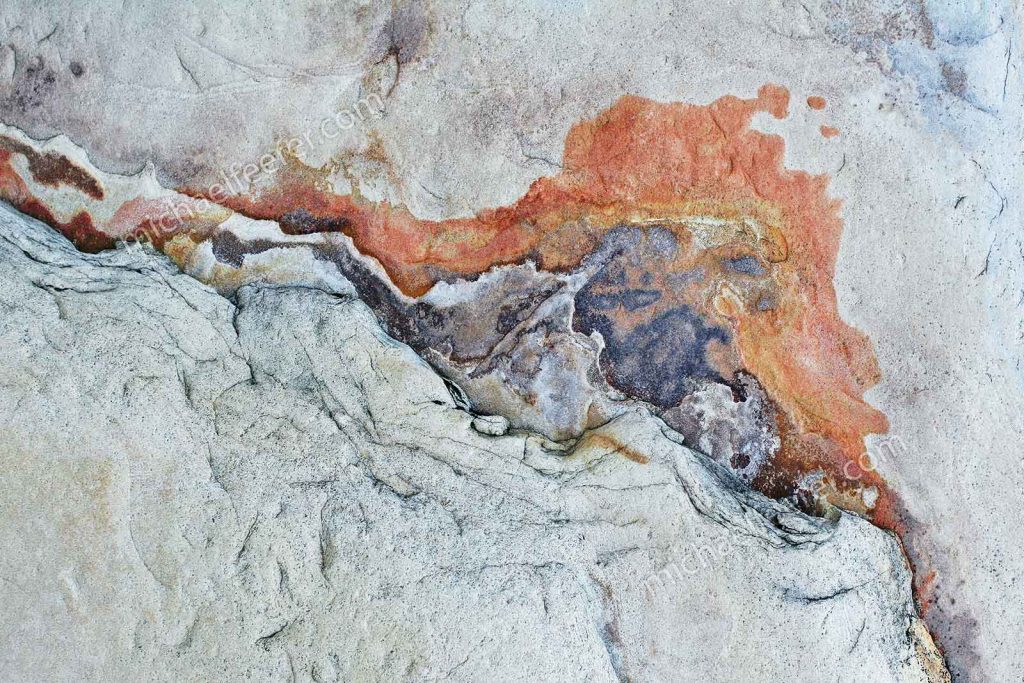
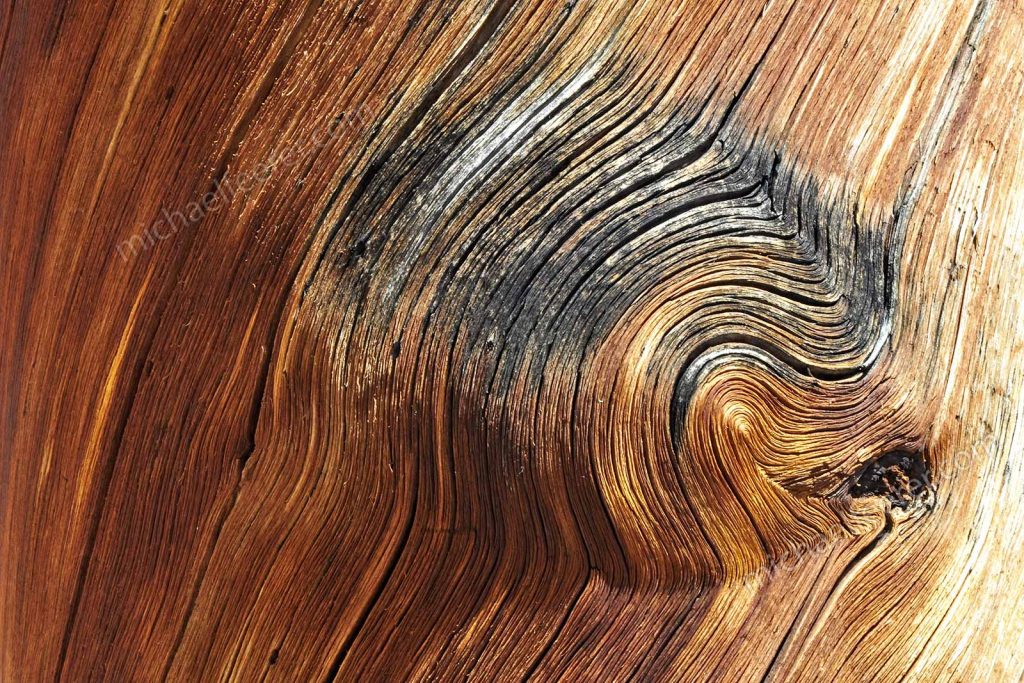
Although for a few years I offered some of these photos for purchase online, I have removed them (other than the few above) for now. I may eventually re-purpose them to another idea I have in mind. 😉
Planning a Cool Montessori School
Although I’m no longer an architect/planner, I still enjoy wearing my ol’ archie hat occasionally.
Especially for Cedar Tree Montessori School in Bellingham, Washington.
After serving on the nonprofit’s Board for years, I funded and designed their school building — using my earlier user-based design skills to ensure the kids and staff have a TERRIFIC learning environment.
Recently the popular school wanted to expand, adding two new classrooms. Site negotiations, writing required reports, and developing conceptual plans to secure City approvals took over three years of my time. Whew! Construction then required another year, and finally the new classrooms opened in Spring 2019.
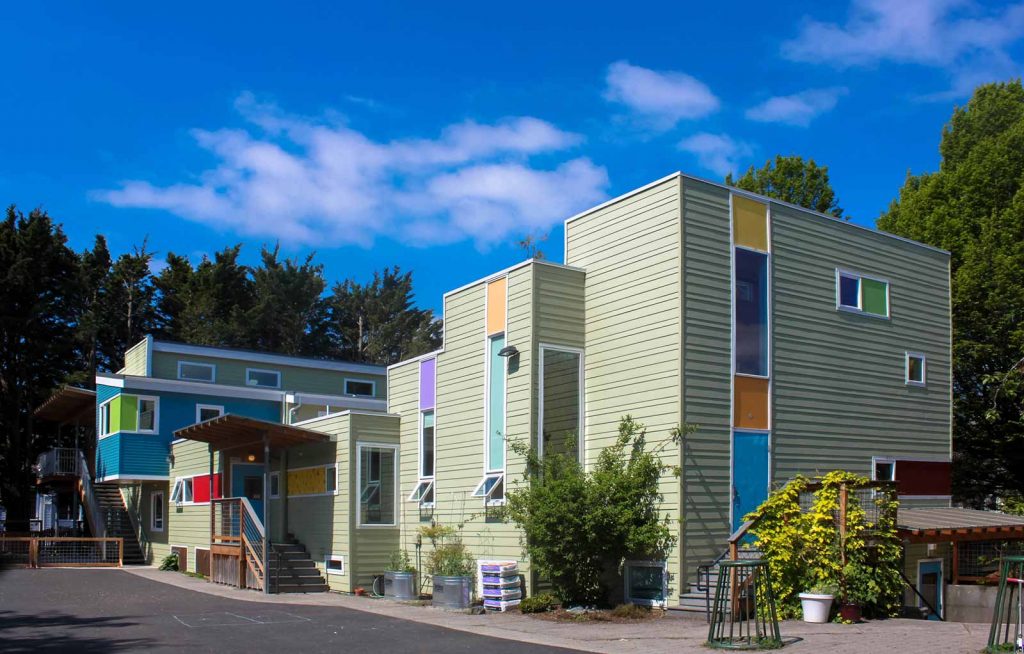
Bottom-Line: Cedar Tree Montessori’s pre-K to 6th grade program has inspired and enriched hundreds of kids over the past 20+ years, giving them a terrific start in life. I’m grateful to be a part of that very tangible, long-term success.
Graphic Designs for Healing
Across the U.K. during their 2020 covid pandemic lockdown, citizens began to display a yellow heart in their window — and in social media — to share their grief about a deceased loved one.
The movement was started by Sophie Gompertz who created the Yellow Hearts to Remember- Covid 19 Facebook Group. The movement received extensive press coverage in the BBC and other media.
After all, whether due to a pandemic or other causes, grief and mourning doesn’t have to be purely a private suffering to endure. Many studies support this idea. In fact, long ago grief and mourning commonly was a socially shared experience.
I knew this from grief research I’d done years ago to better process the tragic early loss of my Dad. I also realized that a yellow heartleaf image could hold additional healing power.
So knowing the above — and having explored the U.K. for many months, meeting lots of wonderful people — I posted my image below to the group for their free personal use and sharing.

Hundreds sent me images of their window with the printed heartleaf taped or mounted. Many shared the heartleaf online with other family members. And some poured their heart to me about their loved one, such as how much they enjoyed nature.
I replied empathetically using my Compassionate Communication skills. They simply needed to be seen and heard. I was glad I could help them in this small way.
Later, I created and shared the poster below as a way to further encourage the movement.
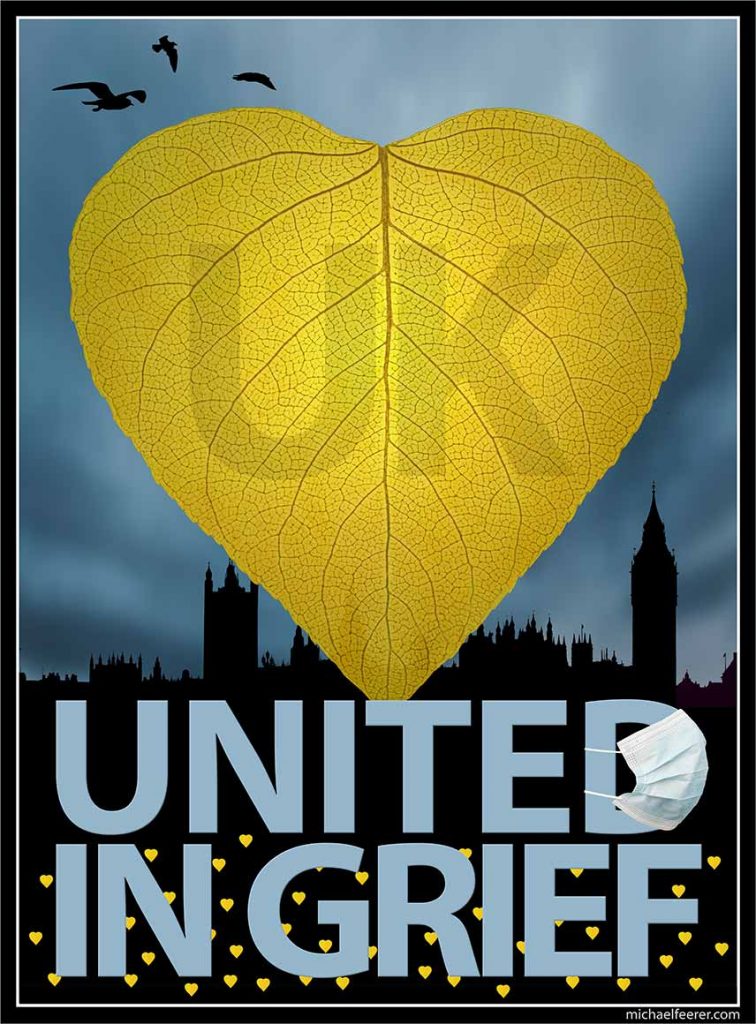
Graphic design has always been a joy and was woven into all of my earlier ventures. Over time, I hope to find more opportunities to create social media images and posters for social justice causes.
Lessons Learned From My Past
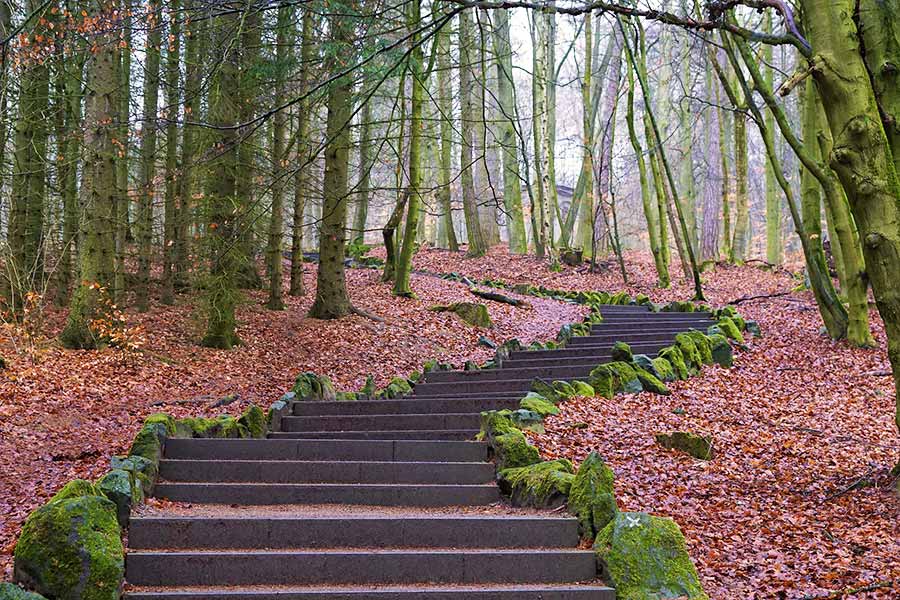
My main purpose in being creatively adventurous (and adventurously creative!) has been to…
— learn a lot about my capabilities and limits (and about life in general);
— build self-confidence in my creative problem-solving superpowers;
— explore a wide range of realms and possibilities;
— encourage my openness to the crazy unexpected in my life path;
— gain wisdom through both successes and failures;
— enjoy amazing exhilaration when in the Creative Zone; and
— experience a full, deeply satisfying life that matches my needs and personality;
… all while using my gifts to positively empower others.
I’ve learned the value of impeccable timing. And of tuning in to my intuition and gut feelings. I know first-hand how patience and persistence are so crucial. As is balancing creativity with other life goals.
The creative process is more important than the result. Life is a journey, not a destination.
AND… my creative journey is not over! There’s more to come!
Thanks for reading!
